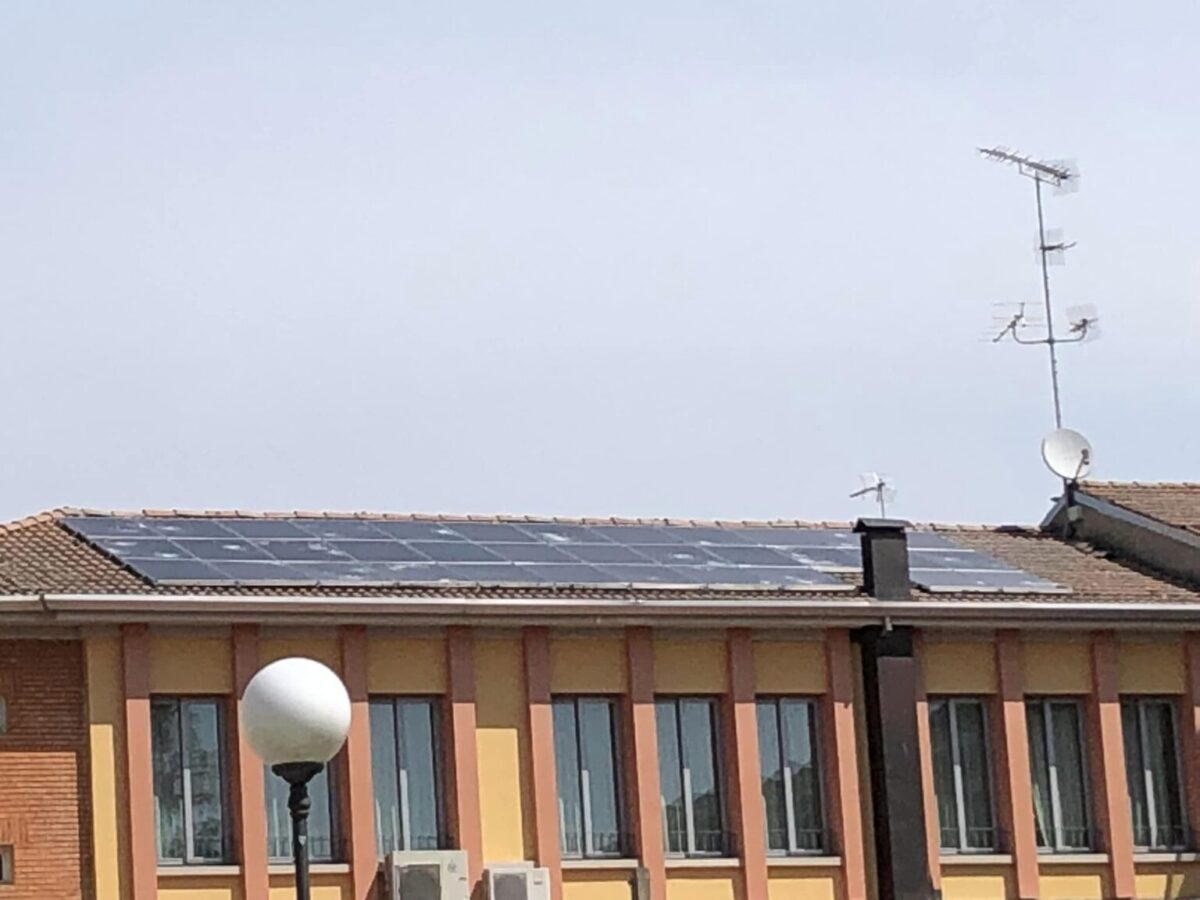From pv magazine Italy
The recent hail storms that occurred in northern Italy have drawn attention to the damage that these sudden and violent atmospheric events can cause to photovoltaic systems. Several system owners have posted photos of damaged plants on social networks, clearly demonstrating the violence of the hailstorms and, above all, the size of the hailstones, which in some cases even reached 20 cm in diameter.
But how big do these grains have to be to damage a photovoltaic system? What can be considered a critical threshold beyond which the damage becomes significant?
pv magazine Italy tried to answer these questions by dusting off a 2019 report by the Vrije Universiteit Amsterdam (VUA) which had investigated the insurance damage data of a historic hailstorm that occurred in June 2016 in the Netherlands.
According to the conclusions of the Dutch researchers, damage to solar panels occurs primarily with hailstones with a maximum size of at least 3 cm. “Larger hailstones (more than 4 cm) cause more damage on average than smaller hailstones, but they also show greater variety in the amount of damage to solar panels,” they explained in the paper “The vulnerability of solar panels to hail.”
Starting at 3 cm, both invisible and visible damage can occur, but starting at 4 cm, the percentage of visible damage increases significantly.
The smallest cracks (microcracks) do not form in the front glass layer but in the silicon, resulting in no reduction of the initial yield. After a few months, however, the damaged areas may begin to show a rapid drop in power, and after about a year the micro-cracks also become visible on the outside of the panel. All damage then reduces the lifespan of a solar panel.
The orientation of the roof relative to the direction of the hail can greatly affect the damage caused by hail to solar panels, the researchers explained, noting that this factor could be even more decisive than the size of the hailstones.
Then there is some empirical evidence – on the other hand, not too significant – that even the angle at which the solar panels are installed can influence the damage to the solar panels. A greater inclination, according to the conclusions of the scientists, would help to moderate the damage.
The study also shows that the frequency of hailstorms is increasing in Europe and the Netherlands, as is the damage caused by hailstorms. This indicates that exposed items, such as solar panels, could become more vulnerable in the future.
“Hail risk and the vulnerability of solar panels to hail should be included in risk models and climate adaptation strategies,” the Dutch researchers concluded.

Image: Vrije Universiteit Amsterdam (VUA)
This content is protected by copyright and may not be reused. If you want to cooperate with us and would like to reuse some of our content, please contact: editors@pv-magazine.com.








1 comment
By submitting this form you agree to pv magazine using your data for the purposes of publishing your comment.
Your personal data will only be disclosed or otherwise transmitted to third parties for the purposes of spam filtering or if this is necessary for technical maintenance of the website. Any other transfer to third parties will not take place unless this is justified on the basis of applicable data protection regulations or if pv magazine is legally obliged to do so.
You may revoke this consent at any time with effect for the future, in which case your personal data will be deleted immediately. Otherwise, your data will be deleted if pv magazine has processed your request or the purpose of data storage is fulfilled.
Further information on data privacy can be found in our Data Protection Policy.